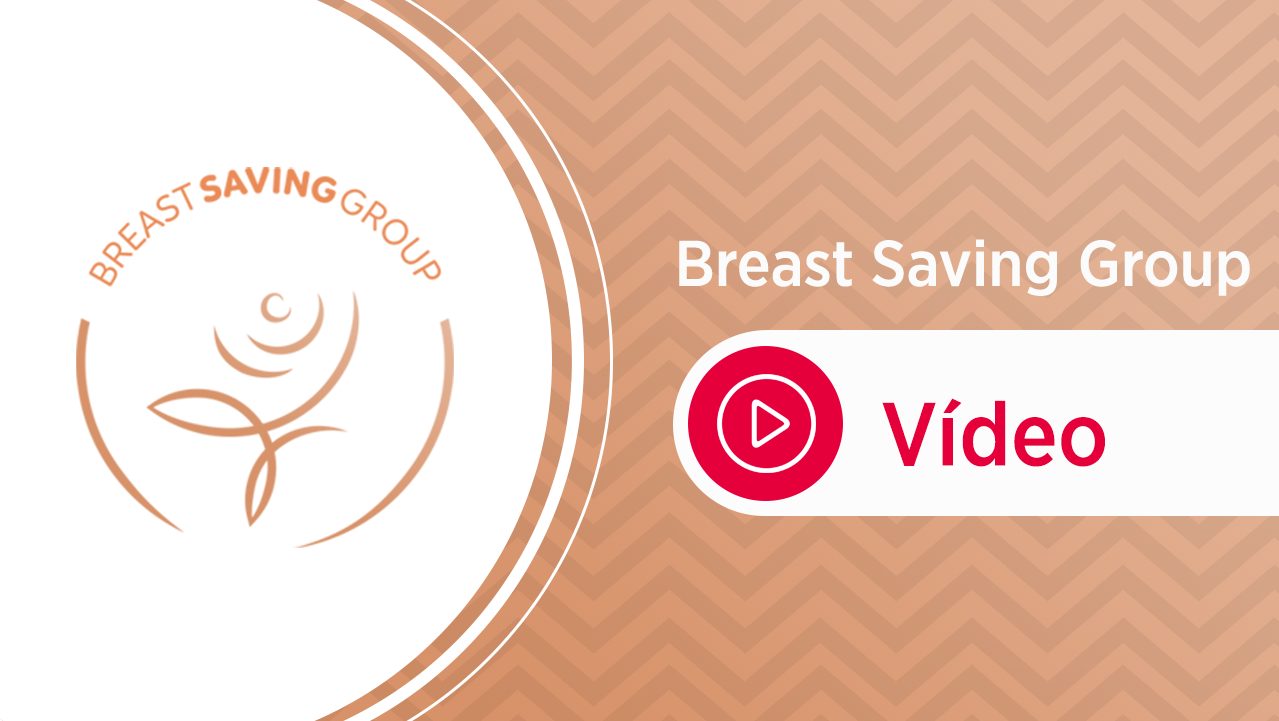Artigo
Extending the duration of endocrine treatment for earlybreast cancer: patient-level meta-analysis of 12 randomisedtrials of aromatase inhibitors in 22031 postmenopausalwomen already treated with at least 5 years of endocrinetherapy
Summary
Background
In postmenopausal women with oestrogen receptor-positive early breast cancer, 5 years of adjuvant tamoxifen substantially reduces 15-year recurrence and mortality; aromatase inhibitor treatment (AIT) is even more effective. We assess the effects of further AIT among women recurrence-free after at least 5 years of endocrine therapy.
Methods
We conducted individual patient data meta-analyses of 12 randomised trials, including 22 031 women who had completed at least 5 years of tamoxifen, AIT, or tamoxifen then AIT, comparing subsequent AIT versus no further adjuvant therapy. Primary outcomes were recurrence of invasive breast cancer (local, distant, or new contralateral), breast cancer mortality, mortality from other causes, and all-cause mortality. Intention-to-treat analyses (irrespective of allocation adherence and stratified by age, nodal status, and trial, and censored at death from unrelated causes) yielded event rate ratios (RRs).
Findings
Allocation to AIT versus no further treatment reduced recurrence rates by 27% (RR 0·73 [95% CI 0·67–0·80], p<0·0001). This reduction was greater after previous tamoxifen alone than after some previous AIT, and greater in trials of 5 years of AIT versus no further AIT than in trials of 2–3 years of AIT versus no further AIT. After some previous AIT, allocation to 5 further years of AIT (with median 8·1 years [IQR 6·0–10·0] follow-up after trial treatments diverged) reduced both recurrence (RR 0·71 [0·61–0·81], p<0·0001; risk from year 5 to year 15 after diagnosis 11·6% vs 15·2%) and distant recurrence (RR 0·73 [0·61–0·88], p=0·0010; 6·6% vs 8·6%); breast cancer mortality was reduced non-significantly (RR 0·90 [0·70–1·15], p=0·40; 4·4% vs 5·0%). Tumour characteristics had no definite
effects on the proportional recurrence reductions from year 5 to year 15, so the absolute recurrence reduction with 10 years vs 5 years AIT was greater for node-positive (risk 16·3% vs 20·1%) than for node-negative disease (9·1% vs 11·8%). Allocation to 5 further years of AIT increased 5-year bone fracture risk (RR 1·35 [1·13–1·61], p=0·0009; 4·6% vs 3·4%). Non-adherence to allocated treatment was widespread (39·0% further AIT vs 37·6% placebo in the placebo-controlled trials).
Interpretation
Allocation to 5 further years of AIT reduced subsequent distant recurrence rates by about a quarter
despite substantial non-adherence. Longer follow-up would have been needed to help assess directly any effects on mortality.
Funding
Cancer Research UK and Breast Cancer Research Foundation.
Copyright © 2025 The Author(s). Published by Elsevier Ltd. This is an Open Access article under the CC BY 4.0 license.
Compartilhar em:
Comentários
Cursos Relacionados
0
Conteúdos Relacionados
Comentários
Deixe um comentário Cancelar resposta
Você precisa fazer o login para publicar um comentário.











